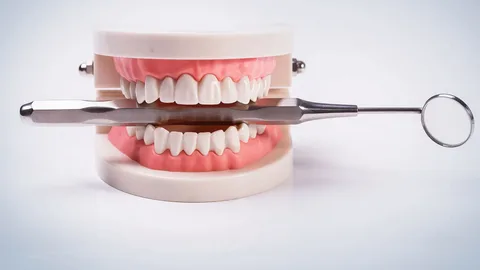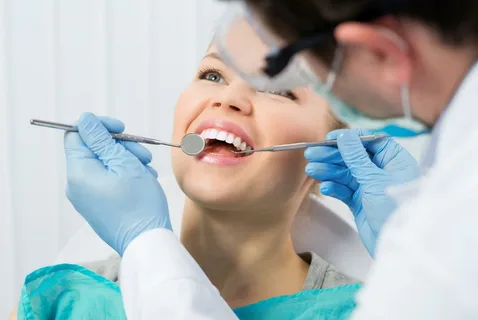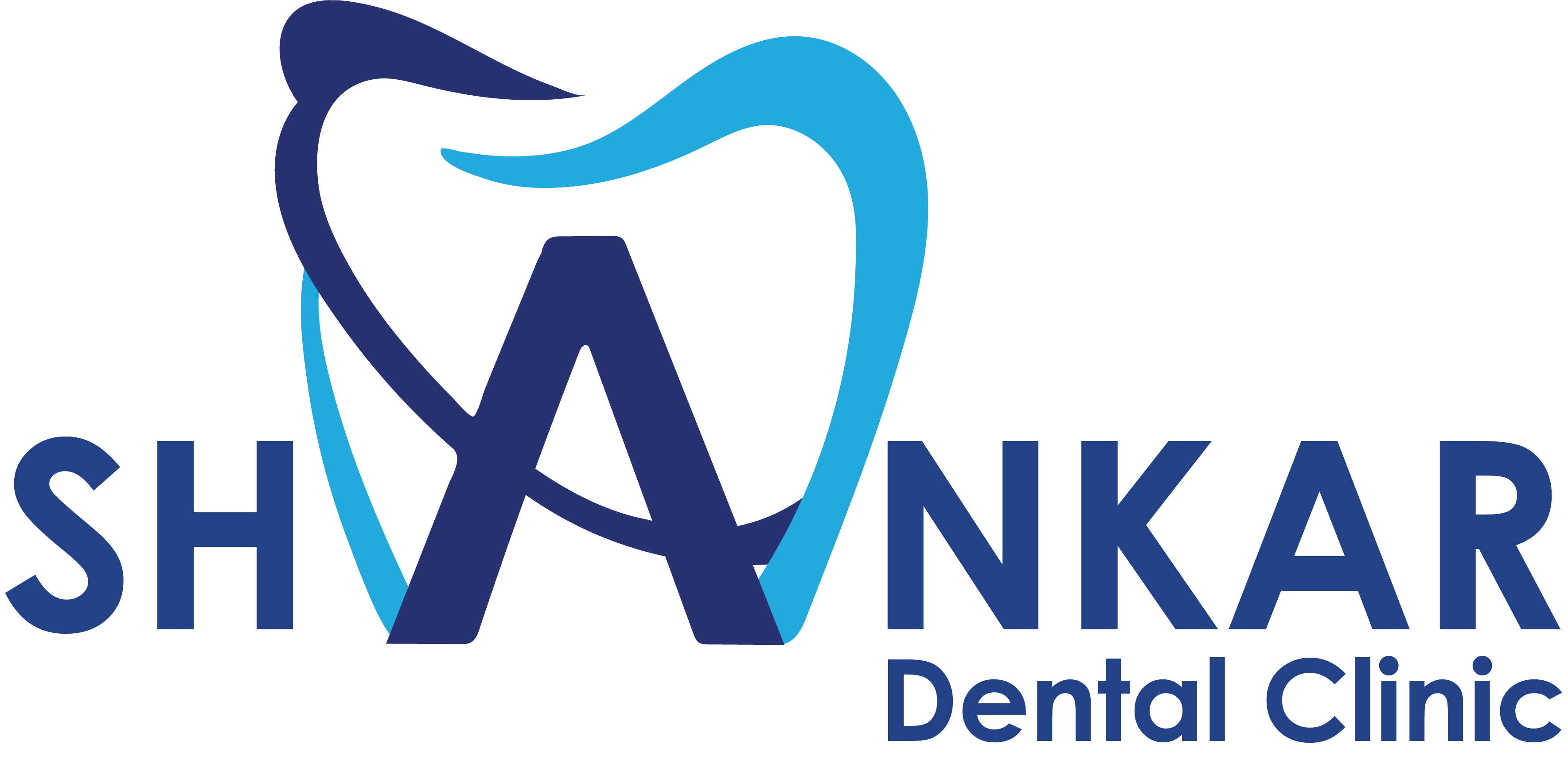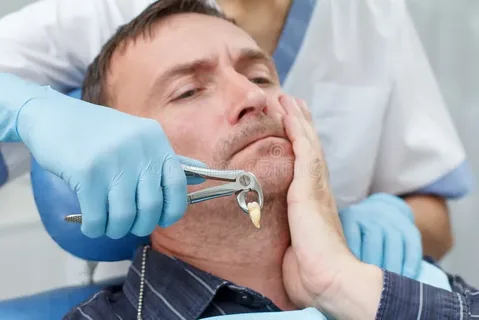Teeth Correction
Teeth correction, also known as orthodontic treatment, is a dental procedure aimed at improving the alignment, positioning, and functionality of teeth. It involves various treatments and techniques to correct issues like overcrowded teeth, gaps between teeth, and misaligned jaws, ultimately improving both appearance and function.
Teeth correction is a highly effective method for improving both the aesthetic and functional aspects of your smile. Whether you need braces, clear aligners, or other orthodontic treatments, it is important to consult with a qualified orthodontist to determine the best treatment plan for your specific needs. The benefits go beyond a better appearance, offering long-term improvements in oral health and overall quality of life.
1. Types of Teeth Correction Procedures
Braces: Traditional metal or ceramic braces are the most common method for correcting teeth alignment. Braces consist of brackets attached to the teeth and connected with wires, which gradually move the teeth into the correct position. Braces are highly effective for treating complex alignment issues.
Clear Aligners (Invisalign): Clear, removable aligners are an alternative to traditional braces. These are transparent plastic trays custom-made for each patient to gently move teeth over time. Clear aligners are less noticeable and can be removed for eating or brushing.
Retainers: After the completion of braces or aligner treatment, retainers are used to maintain the new position of the teeth. They prevent teeth from shifting back to their original position and are typically worn at night.
Expanding Appliances: For patients with a narrow upper jaw, palatal expanders or other devices may be used to gradually widen the jaw and create space for proper tooth alignment.
2. Common Teeth Alignment Problems
Overcrowding: This occurs when there isn’t enough space in the mouth for all the teeth, causing them to overlap or be crooked.
Gaps Between Teeth: Some individuals have extra space between their teeth, which can affect both aesthetics and function, especially when biting or chewing.
Overbite: An overbite happens when the upper front teeth protrude too far over the lower front teeth.
Underbite: This condition occurs when the lower teeth are positioned in front of the upper teeth, leading to difficulty in chewing or speaking.
Crossbite: A crossbite occurs when one or more of the upper teeth bite on the inside of the lower teeth, which can lead to wear, gum disease, or bone loss.
Open Bite: This happens when the upper and lower teeth don’t meet when the mouth is closed, creating a gap in the bite.
3. Benefits of Teeth Correction
Improved Appearance: Correcting misaligned teeth can greatly enhance the appearance of a smile, boosting self-esteem and confidence.
Better Function: Properly aligned teeth improve the ability to chew and speak, reducing strain on the jaw and muscles. It can also prevent problems such as tooth wear, gum disease, and tooth loss.
Long-Term Oral Health: By improving alignment, teeth correction helps in easier cleaning and maintenance, reducing the risk of cavities, gum disease, and tooth decay.
4. The Process of Teeth Correction
Consultation and Evaluation: A consultation with an orthodontist involves a comprehensive evaluation, including X-rays, photographs, and impressions of the teeth to plan the best course of treatment.
Treatment Plan: The orthodontist will create a customized treatment plan that might include braces, aligners, or other appliances tailored to your needs.
Regular Adjustments: For traditional braces, you’ll need regular visits to the orthodontist to adjust the wires and make necessary changes. For aligners, you’ll receive a new set of trays every few weeks to continue the alignment process.
Completion and Retention: Once the desired alignment is achieved, the braces or aligners are removed, and a retainer is provided to maintain the new position.
Key Features About Teeth Correction

Improves Alignment

Enhances Oral Function

Long-term Oral Health Benefits
Frequently asked questions
Here’s a list of Frequently Asked Questions (FAQs) about Teeth Correction.
Teeth correction, or orthodontics, is the process of aligning and straightening teeth and jaws to improve both appearance and function. This is typically done through braces, clear aligners, or other dental appliances.
Teeth correction can be done at any age, but it is most commonly recommended for children and teenagers, usually starting around age 7, as their teeth and jawbones are still developing. However, adults can also benefit from orthodontic treatments.
- Braces: Traditional metal or ceramic braces use brackets and wires to move teeth into proper alignment.
- Clear Aligners (Invisalign): Custom-made, clear plastic trays gradually shift teeth and are less noticeable than traditional braces.
- Retainers: After treatment, retainers are used to keep teeth in place.
- Palatal Expanders: Used to widen the upper jaw in cases of narrow dental arches.
The length of treatment depends on the complexity of the case. Generally, treatment can last anywhere from several months. Your orthodontist will provide an estimate based on your individual needs.
While there may be some discomfort, especially after adjustments or when getting new aligners, the pain is usually mild and temporary. Over-the-counter pain relievers can help manage any discomfort.

